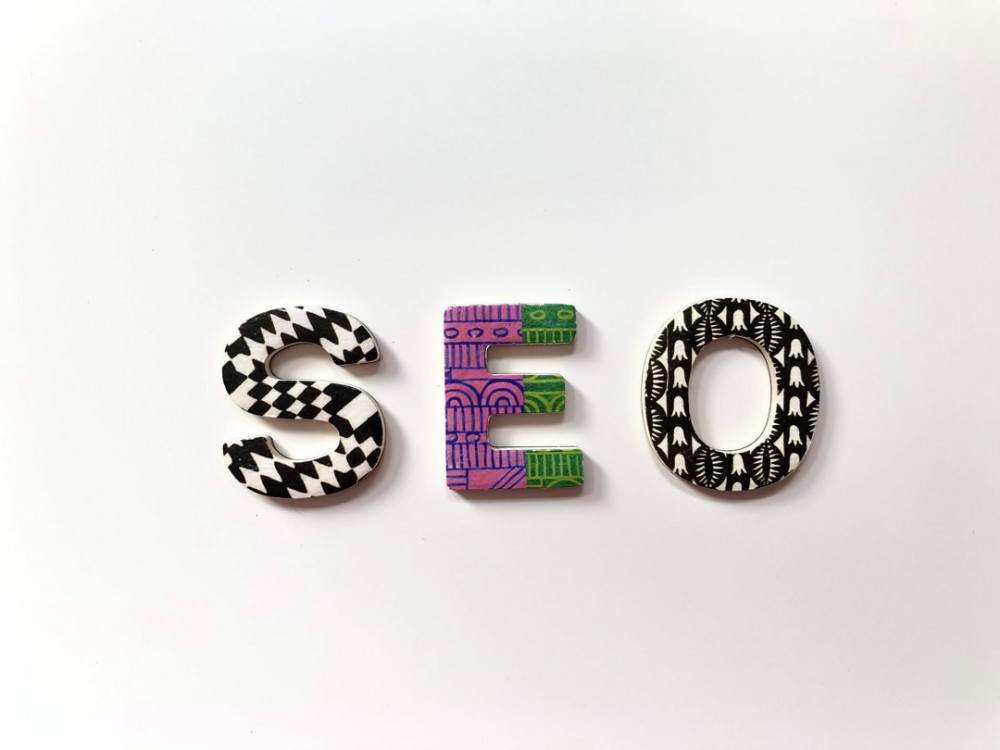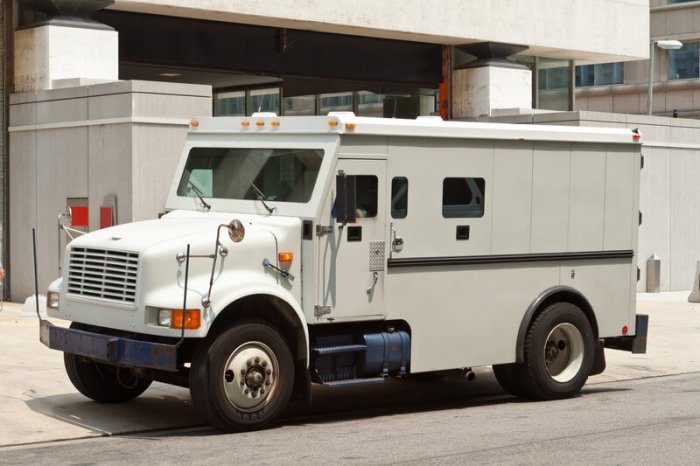
Build An Income-Generating Website That Lasts Decades!
—>>Earn online income for a lifetime.
>>Start Now<<
“SEO” (Search Engine Optimization) sounds like voodoo to an average person.
Even for people that run their entire business online, SEO can seem intimidating.
The truth is however, basic SEO is easy.
Because SEO services are so expensive, it’s a good idea to read up on those basics.
There are some lesser-known SEO ideas that are worth learning too.
These can help you rank and convert better than your competition.
These 10 tips are easy to understand because they make sense.
Lots of SEO tips out there are pure speculation, or have no proven results even though they are “standard practice”.
These are the 10 most practical, easy-to-understand, and results-driven SEO techniques I use to earn money with my affiliate websites.
- SEO Tip #1: Keywords At The Beginning Of Your Title
- SEO Tip #2: Optimize Your URL
- SEO Tip #3: Title Image Optimization
- SEO Tip #4: Don’t “Over Optimize” Your Content
- SEO Tip #5: Throw Keyword Metrics Out The Window (Sometimes)
- SEO Tip #6: Latent Semantic Indexing (LSI Keywords)
- SEO Tip #7: Internal Linking Front & Back
- SEO Tip #8: Double Down On What Google Ranks You For
- SEO Tip #9: Don’t Waste Your Time With Cheeky “Buy This” Style Posts
- SEO Tip #10: Stop Looking For A Magic Bullet
- Keywords Lesson 1
- Keywords Lesson 2
- Keywords Lesson 3
SEO Tip #1: Keywords At The Beginning Of Your Title
When creating a title for your article, place the keywords at the front.
For example, our keyword is “printable pizza coupons”.
This title works just fine: 15 Websites Where You Can Get Printable Pizza Coupons.
However, it’s not the best option!
This title is better: Do Printable Pizza Coupon Websites Actually Have Good Deals?
See how the keyword is closer to the front of the title?
That means it’s more RELEVANT.
And that’s a key concept to remember when doing SEO to your website.
This is just one arrow in your quiver.

SEO Tip #2: Optimize Your URL
Keywords at the front of your title is just one way to optimize your title.
Here’s another drop to fill your SEO bucket.
Edit your URL to be just your keyword.
For example, here’s a normal WordPress title and link:
Keyword: Building A Shed From Scratch
Title: Building A Shed From Scratch Could Be Your First Successful DIY Carpentry Project
URL: website.com/building-a-shed-from-scratch-could-be-your-first-successful-diy-carpentry-project
Edit that thing!
Here’s a better URL: website.com/building-shed-scratch
Even this works, depending on your goals for the post: website.com/building-shed-scratch-diy-carpentry
The Yoast plugin will do this automatically to some degree.
It won’t be perfect though!
I edit mine manually now to cut the fat.
Easy stuff so far, right?

SEO Tip #3: Title Image Optimization
Don’t forget about title image SEO.
That’s a lot of power in your first image.
Here are you image optimization options.
- keyword in the file name (and image meta data)
- keyword in the image title
- keyword in the alt text
- keyword in the caption
- keyword in the image description
Doing ALL of these could be overkill.
Try a couple. See what works.
Also try using LSI keywords instead.
LSI keywords can be used in later images too.
So you don’t over optimize the post.
(more on LSI keywords later).
Image SEO is simple, but effective.

SEO Tip #4: Don’t “Over Optimize” Your Content
Keyword stuffing can be as bad as not using keywords.
That being said, don’t forget all the keyword real estate you have.
At the beginning of your post, there are at least 10 chances display your keyword.
- Title (H1)
- URL
- Image SEO (Tip #3)
- H2 Heading
- First Paragraph
- Formatted text (italics, bold, underline)
- H3 Heading
- External Links
- Internal Links
- Video SEO
All of those things can happen within the first few paragraphs of your post.
You don’t have to use all of them.
In fact, maybe doing all of them would be overkill.
That’s “over optimized”, and can get your post penalized.
Experiment and see what works for you.
There’s honestly no set rule of what’s too much, and what’s not enough.
(That’s a Google secret)
Are these tips getting old yet?
They shouldn’t be.
They’re free, and they work.
SEO is an under-utilized skill by most casual bloggers.

SEO Tip #5: Throw Keyword Metrics Out The Window (Sometimes)
Sometimes, keywords don’t matter.
Write whatever you think is important.
Some of my highest-traffic articles are not optimized.
They were written from the hip.
I saw a gap in the market.
I wrote an article about the topic.
SEO isn’t always about hitting the numbers.
You can “optimize” your way to page one simply by being an expert.
When you know your niche, you have insider knowledge.
You have an automatic advantage over the “marketers” out there.
They’re relying on tools, stats, and hired help.
As an expert, you’re going to rise to the top.
This advice is hard to take action on – I know.
It’s much easier to say “Do this, then see results”.
However, this is powerful tip to dominating your niche because there are so many low-quality sites out there.
Just be good at what you talk about, and you’ll automatically be in the top 10% of websites out there.
Maybe not enough to get rich, but enough to start earning.
Then you can dig into more detailed SEO and marketing tips to take your business to the next level.

SEO Tip #6: Latent Semantic Indexing (LSI Keywords)
LSI keywords are a super interesting concept.
They are a great way to optimize your post. (Without over optimizing)
LSI are related keywords.
Let’s look at some examples.
Main Keyword: best cigar humidor
LSI Keywords: tobacco, leaf, humidity, hygrometer, travel humidor, smoking, cuban, lighter, ashtray
See how they are related but not exactly the same?
Google is smart.
Google knows which words go together.
They know when you talk about cigar humidors,
you’ll probably mention smoking, tobacco, and humidity levels
That’s how natural language works.
It’s the direction search engines are heading.
How do you intentionally use LSI keywords?
Normally, I’d say just write naturally.
However, using LSI with intent is also effective.
Use LSI instead of keyword stuffing.
For example, let’s say you have three images.
For the title image, you optimize for your main keyword (Tip #3)
What do you do for the next two images?
Use LSI instead.
They are different pictures, so why would they all have similar titles and alt text?
Using the example above, my main image could be a cigar humidor.
Title: best-cigar-humidors
Alt Text: “Glass humidor with gold leaf. Glass construction which is one of the best cigar humidors you can buy”
My next image may be an image of a hygrometer.
Title: high-quality-hygrometer
Alt Text:”Image of a hygrometer typically used in large cigar humidors”
Caption: “Hygrometers can be purchased separately, but most high quality humidors will come with one built into the box”.
(Hint, noticed I switched “high quality” for “best” to sound more natural and non-repetitive).
SEO strategies like the one above are not a secret, but they are seriously under utilized.

SEO Tip #7: Internal Linking Front & Back
Internal linking is not one dimensional.
Most people just link from NEW posts to their OLD posts.
They link front to back.
But what about back to front?
Your old posts already rank!
That means they can drive clicks and traffic to the new posts.
What about linking tags and categories with keywords too?
Also, don’t forget about menu items images with proper anchor text.
I like to picture my site as a spider web, or a map.
Containing links to and from each piece of content.
Each time after I publish a keyword-optimized post,
I find at least one old page to link back to the new one (on top of all my other after-publishing routines).

SEO Tip #8: Double Down On What Google Ranks You For
If your site is already getting traffic, you’ll love this tip.
Here’s the scenario.
You have traffic coming in, but it’s stagnant.
How do you grow?
Do more of what’s already working.
Dig into Google Analytics.
See what content is performing best.
For example:
Your niche is “natural remedies for babies”
You write a post about how using organic materials leads to fewer illnesses, and it ranks.
Google is already ranking you for terms related organic material and babies.
You should follow up with a bunch of similar topics.
- organic baby clothes
- reusable baby diapers
- best material for babies
- organic blankets for babies
- strollers made from recyclable material
I’m just spitballing here. Any of those topics would be expanded to several more related topics
- organic baby blankets
- organic baby bottles
- organic baby food
Following the lead of what Google things your site is about can seriously increase traffic.
Your niche may be tweaked a bit, but you’ll have traffic.
On a 10 year timeline, pivoting your site direction won’t matter much.
Right now we want RESULTS!

SEO Tip #9: Don’t Waste Your Time With Cheeky “Buy This” Style Posts
So what’s up with Tip #9?
Skip those “buy” keywords.
They’ll turn up in keyword tools, but they are useless.
- buy yoga pants online
- buy beer online
- where to buy vintage soccer jerseys
…that type of stuff.
99.9% of the time, Amazon, Etsy, Ebay, and and ecommerce websites will show up.
The ONLY strategy I think that might works sometimes is this:
- 3 Stores To Buy Yoga Pants Online And Get Free Returns
- 10 Places To Buy Beer Online And Get It Delivered To Your Door
- 5 Warnings Before Buying Used Vintage Soccer Jerseys Online
See how there’s actual VALUE added to these posts?
They are not just “here’s a list of websites”. There’s meaning behind the content.
Still, chances are, you won’t rank for “buy product X”.
You’ll rank for something related like
- free returns yoga pants
- beer delivery online
- vintage soccer jersey scam
Last tip coming up.
Hope you enjoyed everything so far.

SEO Tip #10: Stop Looking For A Magic Bullet
Well, it’s been fun.
Last SEO tip here.
But there’s way more than 10 methods of improving your rank in search engines.
Google has thousands of aspects to their algorithm.
And it’s always changing.
Every time it changes, all the SEO blogs write a weeks worth of articles about how the game has changed and you need to update this or that on your site.
Sometimes it’s legit, like when the entire internet moved from HTTP to HTTPS. However, you had years to do that.
Nothing in SEO is instantly vital or it will crash your site. Big changes happen slowly.
Everything else is noise in the market for content producers to exploit your fear. Keep your readers in mind and write for humans, not search engines.
There are no rules that will magically make your site better, or magically make your site worse.
There is no magic bullet for success. Keep researching, writing, publishing, and engaging, and you’ll have a successful blog.
What’s up ladies and dudes! Great to finally meet you, and I hope you enjoyed this post. Sign up for my #1 recommended training course and learn how to start your business for FREE!
